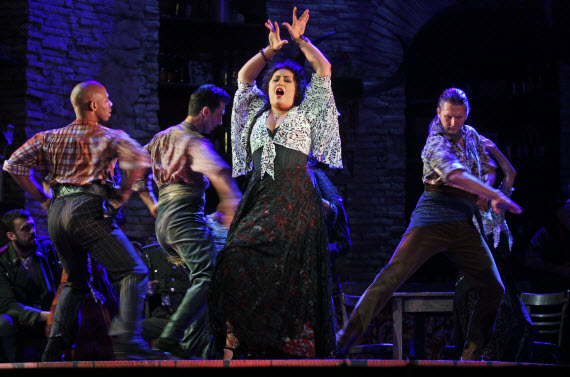

Categories Music & Composers Tags Carmen, Carmen Suite No.

The suite ends with a jaunty military march, “Les Dragons d’Alcala,” followed by the famous march “Les Toreadores,” the entry of the bullfighters, which is actually the opening piece of the opera. An intermezzo, a serenely melancholic section based on the prelude to the final act, leads to a seguiedille that Carmen sings to seduce Jose. The following aragonaise (a dance from the region of Aragon in Spain) is the festive yet sinuous music that opens the final act of the opera as crowds arrive for a parade outside the bullring. The opening prelude introduces the ominnous theme associated with both Carmen and her fate at the hands of her lover, Don Jose. The “Carmen Suite” contains music derived from the opera and was published between 18, years after Bizet’s death. However, the story appealed greatly to the Parisian theatre-goers.

Peter Brook’s gripping, 90-minute adaptation of Bizet’s opera retains. Download the new iPad app to watch on your TV with Apple TV via AirPlay. But when she abandons him for the charismatic bullfighter Escamillo, jealousy ignites and Don José is pushed to murderous acts. Met Opera on Demand delivers instant access to more than 500 Met performances, including Live in HD videos, classic telecasts and radio broadcasts. Some critics considered this piece “indelicate” in its depiction of the opera’s subject matter - the downfall of a soldier after Carmen seduces and abandons him. Naïve young soldier Don José falls for her, shunning his childhood sweetheart Micaëla in favor of a life of passion and crime with Carmen. Despite its eventual success, Bizet died in Paris of a “broken heart” (a ruptured artery) at age thirty-seven due to the initial “failure” of the work. French composer Georges Bizet’s “Carmen,” written in 1874, became the world’s most performed opera.


 0 kommentar(er)
0 kommentar(er)
